Selection skills of photovoltaic high-frequency inverters
 Jul 19,2022
Jul 19,2022 
17 Main Types of Solar Inverters
 Jul 19,2022
Jul 19,2022 
4 Common High-Frequency Inverter Problems
 Jul 19,2022
Jul 19,2022 
Five development trends of photovoltaic high-frequency inverters
 Jul 19,2022
Jul 19,2022 
How Solar Inverter and MPPT Controller Choices Affect Power Generation?
 Jul 09,2022
Jul 09,2022 
What are the roles of solar inverters in communication power systems?
 Jul 09,2022
Jul 09,2022 
Why use solar inverters in photovoltaic power generation systems?
 Jul 09,2022
Jul 09,2022 
Application of Solar Pumping System
 Jun 27,2022
Jun 27,2022 
Application of inverter load ratio
 Jun 27,2022
Jun 27,2022 



 Home
Home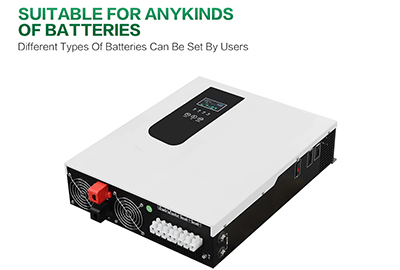
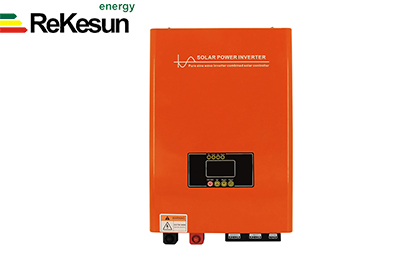
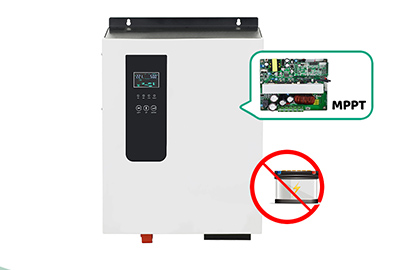
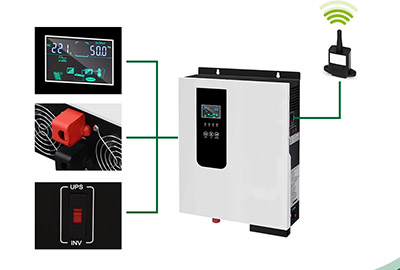
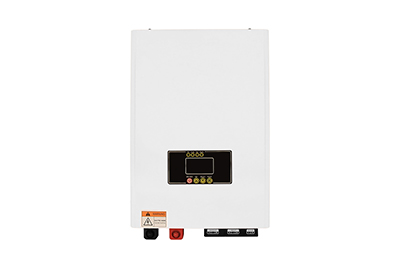
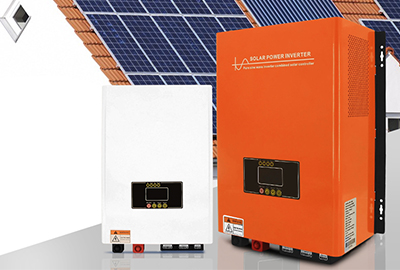
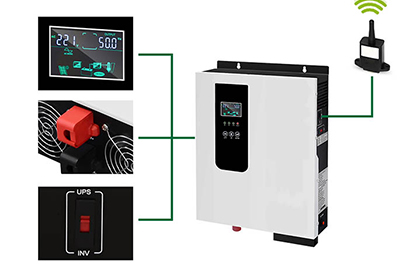
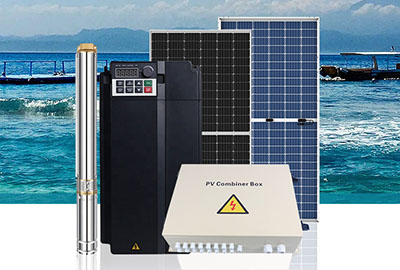
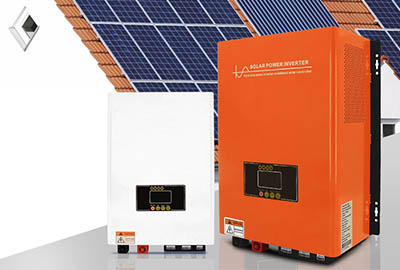









 syplighting.en.alibaba.com
syplighting.en.alibaba.com



